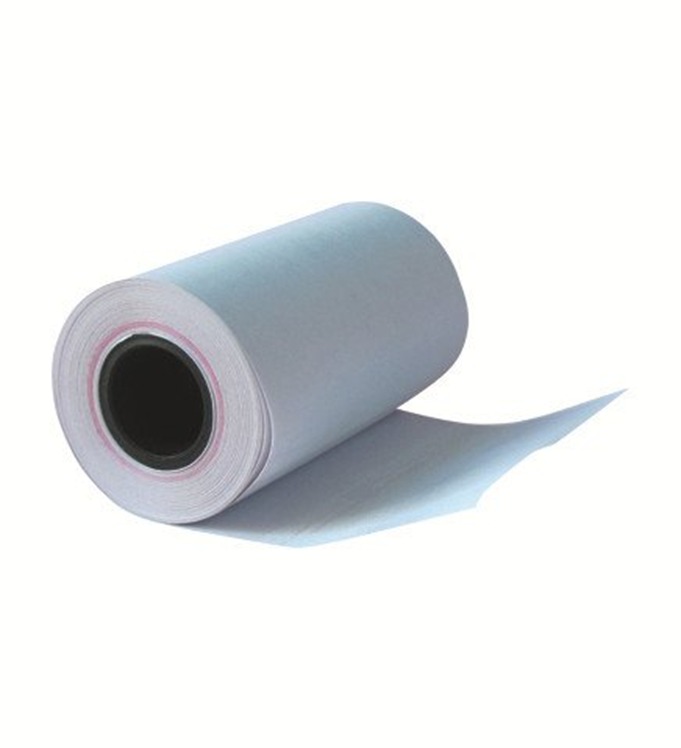Understanding Thermal Roll Paper: Paper Fade, BPA, and BPS
Thermal roll paper is an essential component of everyday transactions, found in everything from receipts to tickets. But have you ever wondered how this seemingly simple paper works, why it fades over time, or what health concerns might be associated with it? Let’s dive into the world of thermal roll paper, exploring its functionality, the reasons behind paper fade, and the implications of chemicals like BPA and BPS.
How Thermal Roll Paper Works
The Science Behind Thermal Printing
Thermal roll paper operates on a straightforward yet fascinating principle. It’s coated with a chemical that changes color when exposed to heat. Unlike traditional ink-based printing, thermal printers use heat to produce images or text on the paper. This makes the process faster, quieter, and more cost-effective, which explains its widespread use in retail, banking, and other sectors.
Common Uses of Thermal Roll Paper
You’ve likely encountered thermal roll paper in various settings. It’s used for:
- Receipts at retail stores and restaurants
- Tickets for events and transportation
- Labels in shipping and warehousing
Its popularity stems from its efficiency and reliability in printing clear, quick-drying information.
Paper Fade: Causes and Prevention
Why Does Thermal Paper Fade?
One common issue with thermal paper is its tendency to fade over time. This fading occurs because the chemical coating on the paper reacts not only to heat but also to light, moisture, and certain oils. Over time, these factors can degrade the image or text printed on the paper.
Factors Influencing Fade Rate
Several factors can affect how quickly thermal paper fades:
- Exposure to Light: Prolonged exposure to direct sunlight accelerates fading.
- Temperature and Humidity: High temperatures and humidity levels can speed up the degradation process.
- Chemical Exposure: Contact with oils, adhesives, or plasticizers can cause the printed text to fade.

Tips to Prevent Fading
To extend the life of your thermal paper documents:
- Store in a Cool, Dark Place: Keep receipts and other documents away from direct light and heat sources.
- Use Protective Covers: Place important thermal paper documents in protective sleeves.
- Avoid Contact with Chemicals: Keep thermal paper away from oils, adhesives, and plastics.
Health Concerns: BPA and BPS in Thermal Paper
What are BPA and BPS?
Bisphenol A (BPA) and Bisphenol S (BPS) are chemicals commonly used in the production of thermal paper. They act as developers in the coating that allows the paper to change color when heated. However, both BPA and BPS in thermal paper have raised health concerns due to their potential endocrine-disrupting effects.
Health Risks Associated with BPA and BPS
Studies have suggested that exposure to BPA and BPS can lead to various health issues, including:
- Hormonal Disruptions: Both chemicals can mimic estrogen, potentially interfering with hormone balance.
- Reproductive Issues: There are concerns about their impact on reproductive health and development.
- Increased Cancer Risk: Some research indicates a potential link between these chemicals and certain cancers.
Regulatory Measures and Industry Responses
In response to these health concerns, many regulatory bodies have imposed restrictions on the use of BPA. Consequently, the industry has shifted towards BPS as an alternative, though it too has been found to pose similar health risks. This ongoing scrutiny has led to the development of BPA-free and BPS-free thermal papers.
BPA-Free and BPS-Free Alternatives
The Shift Towards Safer Thermal Papers
To address health and environmental concerns, manufacturers are now producing thermal papers that do not contain BPA or BPS. These alternatives often use other chemicals that are considered safer for human health.
Pros and Cons of Alternative Chemicals
While these new formulations are marketed as safer, they are not without drawbacks. Some of the pros and cons include:
- Pros: Reduced health risks, compliance with regulations, and growing consumer demand for safer products.
- Cons: Potential higher costs and the need for further research to ensure the long-term safety of alternative chemicals.
Environmental Impact of Thermal Paper
Production and Disposal Concerns
The production and disposal of thermal paper pose significant environmental challenges. The chemicals used in the coating can be harmful to the environment, and improper disposal can lead to contamination.
Recycling Thermal Paper
Recycling thermal paper is complicated due to the chemical coatings. However, some recycling programs accept thermal paper, and advancements in recycling technology are improving the process. It’s essential to check local recycling guidelines and opt for environmentally friendly options when possible.
Choosing the Right Thermal Roll Paper
Factors to Consider
When selecting thermal roll paper, consider the following factors:
- Chemical Composition: Opt for BPA-free and BPS-free options.
- Durability: Choose paper that is resistant to fading.
- Environmental Impact: Look for brands committed to sustainable practices.
Leading Brands and Their Offerings
Several brands are leading the way in providing safer, more durable thermal roll papers. These include:
- Appvion: Known for its innovative BPA-free products.
- Koehler Paper Group: Offers a range of environmentally friendly thermal papers.
- Mitsubishi Paper Mills: Provides high-quality, long-lasting thermal paper solutions.
Conclusion
Thermal roll paper is a ubiquitous part of modern life, essential for countless everyday transactions. Understanding its workings, the factors that lead to paper fade, and the health concerns associated with BPA and BPS is crucial. As the industry evolves, safer and more sustainable options are becoming available, offering peace of mind for consumers and businesses alike. By choosing the right thermal roll paper, we can ensure the efficiency of our transactions while minimizing health and environmental risks.
Keep an eye for more news & updates on Glamour Tomorrow!






